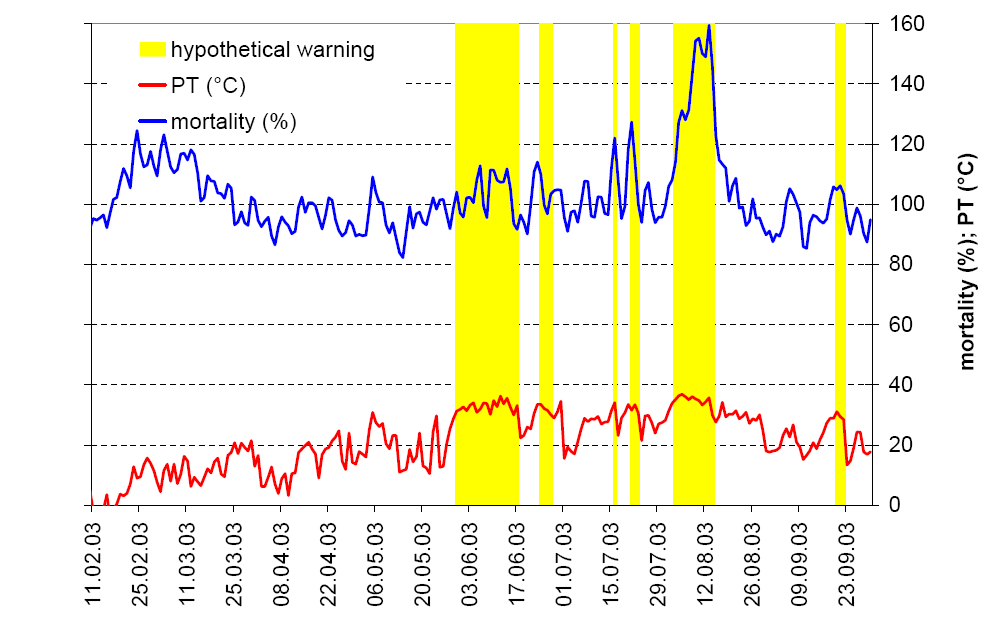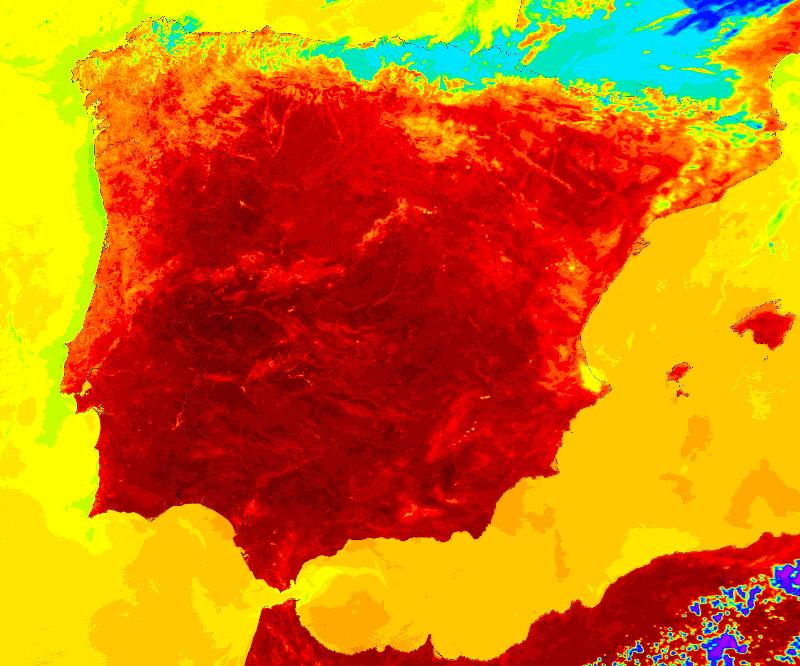Prognoses by the United Nations say that in the year 2025 about 60% of the worlds population will live in metropolitan areas, which leads to manifold challenges and problems. The development of metropolitan areas should be sustainable in order to preserve and improve the 'Health of the City'. Megacities are both subject to global ecological, socio-economic and political change as well as significantly contributing to it in their turn. There are many different factors which have influence on the development and must be taken into account. They are characterized by ecological, economic and social components and their complex interdependencies. A sustainable development of these areas is possible only if the components and their interactions can be clarified. So there is a need for an integrated monitoring of the individual components, consisting of data acquisition, integration and interpretation.
The goal of our project is to provide a Portfolio of Methods and Technologies for the Integrated Monitoring of Metropolitan Areas. These Methods and Technologies are developed for and tested in the urban area of Berlin and adapted for different areas, especially metropolitan areas in developing and emerging countries like Dhaka, Bangladesh, for example.

Modeled Heat Load and Observed Mortality 2003, Baden-Württemberg
(Deutscher Wetterdienst, 2004)
Adaptive Multi-parameter Monitoring for Sustainable Development covers many individual factors, e.g. seismic activities, climate, economics, traffic, etc. Concrete phenomenons in the climatological domain are heat waves. They pose a serious risk to the health of inhabitants of large cities. Climatologists agree that the number of heat wave occurrences and the severity of each wave will increase in the future. Hence, measures to protect the population need to be developed.

Climate Monitoring Vehicle
(hu-berlin.de) |
Berlin Extreme Weather Conditions (BERLEX DFG Project)
In the BERLEX project we measure temperatures, humidity and wind speed at various outdoor and indoor places in Berlin and feed the raw sensor data into a geo-model which can identify areas with severe conditions and high potential health risks for certain population groups, e.g. elderly people, small children, people with high blood pressure.
If successful, this project will not only provide a system for monitoring the conditions in Berlin, but it will also provide a validated technology portfolio for building similar systems in other cities. Core technology 'nuggets' include:
- The Geo-Model for incorporating sensor readings into a report of the city’s current state regarding temperature hot spots.
- The sensor and communication network infrastructure, which cost-efficiently delivers sensor data to a computing center. We plan to use 802.11 wireless ad-hoc networks, potentially augmented with Delay Tolerant Networks, where public transportation vehicles are used to exchange data sets between isolated network islands.
- An early warning and risk management methodology, which is tailored to the specific requirements of the local (city) government.
Megacities - Informal Dynamics of Global Change (DFG Priority Programme 1233)
The project focuses on the analysis and improvement of the quality of life and human health in the megacity Dhaka, Bangladesh’s capital. The superposition of high premonsoon and monsoon temperatures, excessive humidity, and the urban heat island of this megacity causes every summer a very high heat load. For the Indian District of West Bengal, 113 heat waves were identified between 1901 and 1999, 28 of them from 1978-99. The possible future increase of heat waves – due to climate change – will likely cause a higher mortality, as already happened in April and May of 2002, where more than 1.000 fatalities were reported in North India. Heat kills by taxing the human body beyond its abilities. In order to cope better with this thermal pollution, alert procedures have to be developed. A real-time, indoor and outdoor heat stress monitoring and warning system based on a self-organizing wireless mesh network is expected to have a significant impact on human safety.

Heat wave across Spain, July 1, 2004
(redtailcanyon.com) |
In Bangladesh air pollution is a serious problem. Due to the high influx of people from rural areas pollution problems will intensify for Dhaka. Emissions from various kinds of diesel traffic vehicles and badly maintained automobiles contribute most to air pollution problems. Another major contributor to the severe air pollution are brick fields around the city using coal as main fuel. The health effects of airborne particles have been studied and a strong correlation between human mortality and morbidity and particulate matter concentrations has been observed. The air pollution is assessed using a multi-parameter wireless warning network in indoor (e.g. schools) and outdoor (traffic, brick fields) scenarios.
Global Change, Urban Climate and Public Health
The German National Committee on Global Change Research (NKGCF) and the China National Council of International Human Dimensions Programme on Global Environmental Change (CNC-IHDP) agreed on a co-operation on the environment and human health impacts from urbanization and on the evaluation of the development of a Sino-German Centre on Global Change. Urbanisation and its impacts on environment and society has become one focal point of Global Change research. Urbanisation is an integral part of Global Change and entails radical changes in social organisation, family relations, housing conditions, transport choices, dietary patterns, occupational environments, access to educational and healthcare services, and the transmission of infectious disease agents. The rapid urbanisation process in China is going to further exacerbate the above changes and to add new environmental and health impacts. Urbanisation can be seen as both causing the problems, but also providing opportunity for many solutions.
Within this context the research focuses on urban environmental health and "sustainable" urban health care systems. Urban health in this context is not understood as a mere medical problem it is rather viewed from a broader public health perspective including environmental stressors, demographic changes (ageing society), socio-economic conditions and economic capability of health care systems. The current debate on the failure of China’s health care system to provide adequate services to all sections of society and the lack of appropriate public health strategies underlines the importance of this topic.
The two most difficult atmospheric problems in great urban areas are summer heat stress and winter air pollution by particulate matter. Especially global warming due to emission of green house gases will increase extreme weather conditions like heat waves. During the winter half year air pollution by Particulate Matter is an unsolved problem. The growing automobile traffic, especially Diesel powered cars and trucks, is the biggest polluter. Black carbon particles from tires and exhausts (mufflers) are especially dangerous for human health. Short term warning systems of heat stress and air pollution have to be developed. Long term urban planning has to take into account atmospheric problems. Both, short term and long term monitoring are necessary for a sustainable reduction of diseases related to atmospheric problems.
